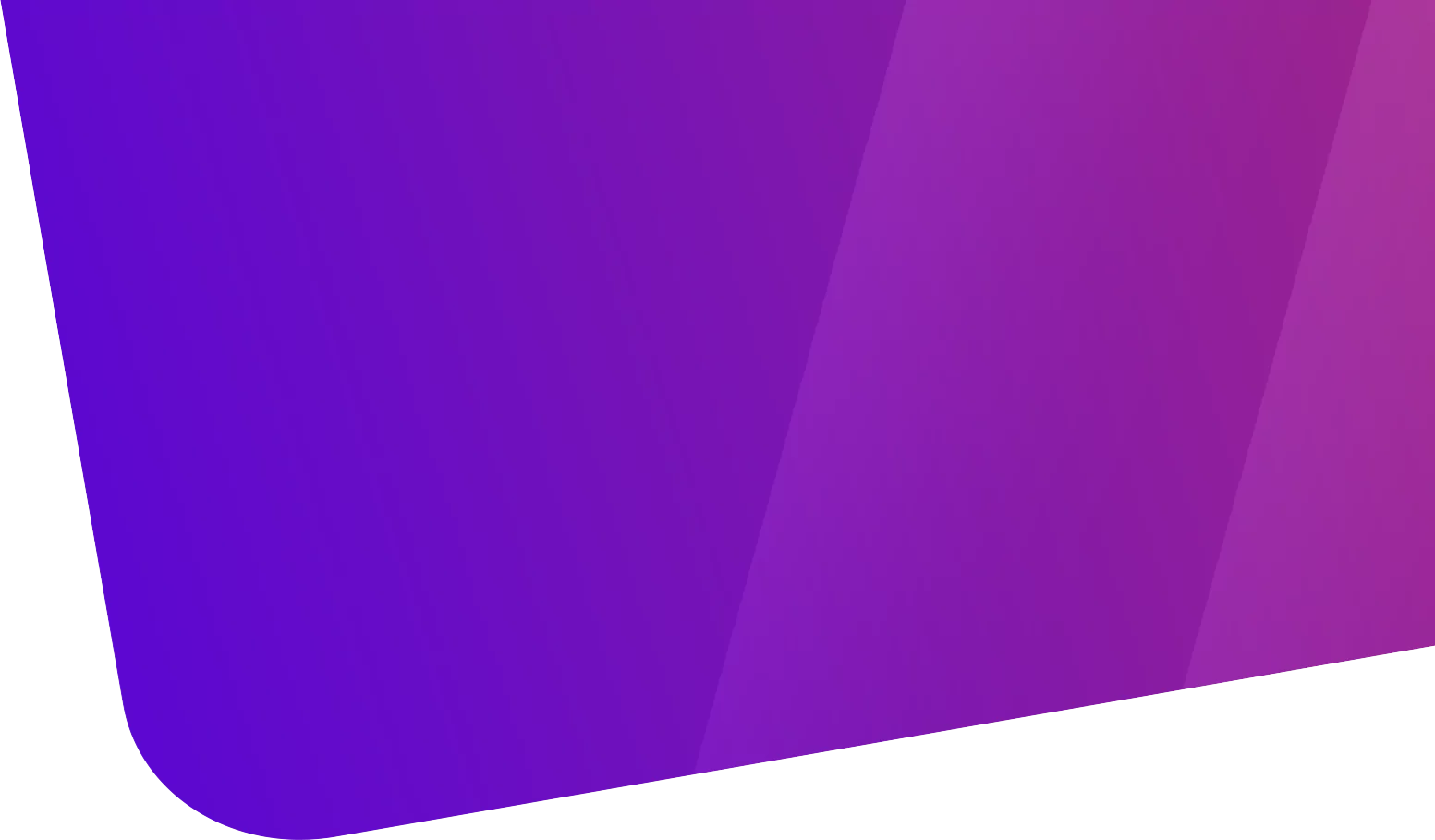The amount of information generated each day in the world is immense and continues to grow exponentially. From social media to surveillance systems, the volume of data being produced is enormous and becomes increasingly difficult to manage. Most of this data is unstructured and needs to be organized in order to be effectively processed and analyzed. This is where the concept of “clustering” comes into play. In this article, we will explore what a cluster is, its purpose, and provide examples of its everyday use.
What is a Cluster?
A cluster is a data analysis technique used to group a set of objects into categories or clusters based on their similarity. In other words, the goal of clustering is to group similar objects together and separate different objects into distinct groups.
The clustering process is performed using algorithms that evaluate the similarity between objects based on selected variables. These variables can be anything from physical characteristics like size or shape to more abstract data such as customer preferences or market trends. Once the variables have been evaluated, the algorithm divides the objects into groups, and each group becomes a cluster.
The concept of clustering is used in a wide range of fields, from engineering and medicine to marketing and market research. Clustering methods are also used in data analysis in computer science, particularly in machine learning and data mining.
What is a Cluster Used For?
Clustering is used for various purposes, but in general, it is used to gain a better understanding of the structure and relationships among objects. Some common applications of clustering include:
Market Analysis
In the world of marketing, clustering is used to divide customers into groups with similar needs and preferences. This helps businesses better understand their customers and design products and services that cater to their needs. It is also used to identify trends and purchasing patterns in sales data, enabling companies to make informed decisions about their marketing strategy.
Social Network Analysis
Clustering is used in social network analysis to group users based on their online behavior. For example, users can be clustered based on common interests, shared friends, or patterns of online activity. This allows researchers and businesses to better understand how users behave online and how they interact with each other.
Biomedical Data Analysis
In biomedical research, clustering is used to group patients based on their clinical and laboratory characteristics. This helps doctors identify patterns in data and design personalized treatments that better suit the individual needs of each patient.
Image and Video Analysis
Clustering is used in image and video analysis to divide data into groups with similar characteristics. For example, images can be clustered based on color, texture, or shape. This allows researchers and businesses to gain a better understanding of image characteristics and how they relate to each other. It can also be used for object classification in images, which is useful in fields such as security and surveillance.
Genomics Analysis
In genomics analysis, clustering is used to group genes based on their similarity in gene expression. This helps researchers gain a better understanding of gene functions and their role in biology.
Examples of Cluster Use
Here are some examples of how clustering is used in everyday life:
Market Clustering
A common example of clustering in marketing is market segmentation. Suppose a company wants to launch a new high-end electronic device. Before launching the product, the company can use clustering to identify different groups of customers with similar needs and preferences. For example, they can group customers based on income, age, geographical location, or purchasing habits. Once the groups have been identified, the company can tailor its marketing strategy to better suit each group. For instance, they can offer discounts to low-income customers or use a premium pricing strategy for high-end customers.
Social Network Clustering
An example of clustering in social network analysis is community identification. Suppose a researcher wants to gain a better understanding of how users relate to each other in a social network like Twitter. They can use clustering to identify groups of users who are closely connected to each other. For example, they can cluster users based on common interests or topics they frequently tweet about. Once the communities have been identified, the researcher can analyze behavioral patterns within each group and gain a better understanding of how users interact with each other.
Image Analysis Clustering
An example of clustering in image analysis is object classification in images. Suppose a surveillance system needs to classify objects in images captured by security cameras. They can use clustering to group objects based on their shape, size, or color. For example, they can group objects such as people, cars, or bicycles into different clusters. Once the clusters have been identified, the surveillance system can use this information to analyze behavioral patterns and detect suspicious activities.
Biomedical Data Clustering
An example of clustering in biomedical data analysis is cancer subtype identification. Suppose a researcher wants to gain a better understanding of the clinical and molecular characteristics of breast cancer. They can use clustering to identify different subtypes of cancer based on tumor characteristics. For example, they can cluster tumors based on size, shape, or gene expression. Once the subtypes have been identified, the researcher can analyze the differences between them and design personalized treatments that better suit each tumor type.
Conclusion
In summary, clustering is a data analysis technique used to group objects into clusters based on their similarity. It is used in a wide range of fields, from engineering and medicine to marketing and market research. Clustering methods are also employed in data analysis in computer science, particularly in machine learning and data mining.
Clustering is valuable because it provides a better understanding of the structure and relationships among objects. Some common applications of clustering include market analysis, social network analysis, biomedical data analysis, image and video analysis, among others.
In conclusion, clustering is an important technique in data analysis that allows businesses, researchers, and analysts to gain a clearer and organized insight into their data. The ability to group similar objects into clusters enables users to identify patterns and trends in the data, which, in turn, enables them to make informed and precise decisions.


